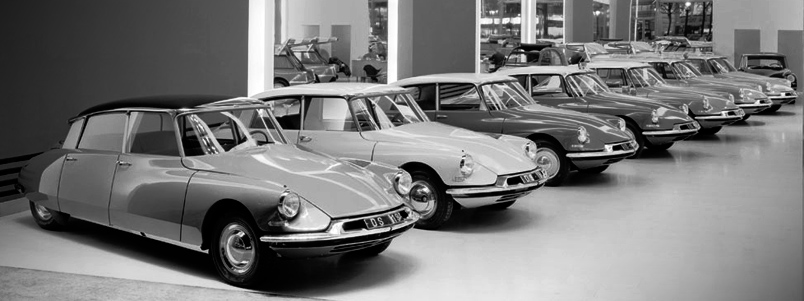
The glamour and beauty of certain vintage cars is so marked that it would appeal even to the most casual of onlookers. The Rolls Royce Silver Wreath is as powerful as it is graceful, while the old Fiat 500 has an instant friendliness about it that could melt any heart. Some vintage vehicles are unique. The Citroën DS, first produced in the 1950s, has an utterly distinctive appearance: it is futuristic, with its pointed, curvy body and its rocket-like design, but it is a vision of the future rooted in a world half a century away from us in the past. It is certainly a fascinating piece of engineering.
Unfortunately we cannot always lay our hands on such gorgeous cars, seen how their age warrants them exorbitant prices – but there is another solution. It is lengthy, it is costly, but for the real aficionado, it’s possible to simply turn your own car into an historic vehicle.
This is not simply a matter of age and semantics. The title of ‘historic vehicle’ is officially recognised and licensed by all European governments (if with slight differences in definition). The question, then, becomes – how do I get a historic vehicle registration for my car?
Firstly, the minimum age for an historic vehicle in most European countries tends to be of at least twenty-five years. Since it is unlikely that you want to wait that long, simply buy a used car constructed at least fifteen years ago, and work on maintaining that. Eventually, it will become old enough to qualify.
The next step involves a great deal of paperwork (and, alas, some expenses). You will have to provide the usual proof of identity, of address, and of the car’s ownership. In addition to this, you will need to provide certifications that the vehicle has been given a technical inspection to ensure that it is still safe to drive. Sometimes, depending on where you live, you will also be asked for a statement by the car manufacturer validating it as an historical vehicle, and up to four colour pictures of the car itself. And in case this needs stating – you will have to show your driver’s licence!
Once a car becomes an historic vehicle, it is exempt from virtually all taxes relating to circulation, fuel-consumption and emission. It also becomes possible to bring it to fairs and exhibitions and put it on show. As a final cherry, insurance on historic vehicles tends to be cheaper.
Mind you, there are some disadvantages as well. The paperwork alone is bound to cost several hundred pounds, and the above-mentioned insurance companies will be cheaper, but also much more thorough and restrictive. Worst of all, the really old models may not be allowed to circulate – if, for example, an old car cannot attain the speed needed to qualify for the highway, it will have to remain within the borders of the town.
Turning your car into an historic vehicle is difficult, expensive and very, very slow. It is, in short, a venture only for the specialist – but it is also the final certification that the vehicle’s owner genuinely loves and knows his cars.

